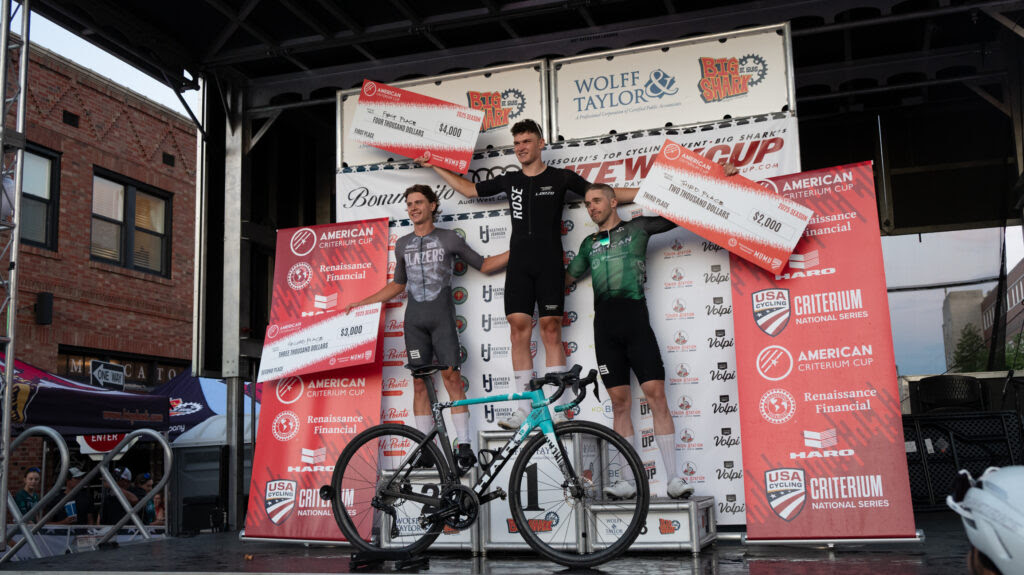Preview: Vuelta's decisive time trial perfect for power specialists
Key individual race against clock starts on motor racing circuit - Video
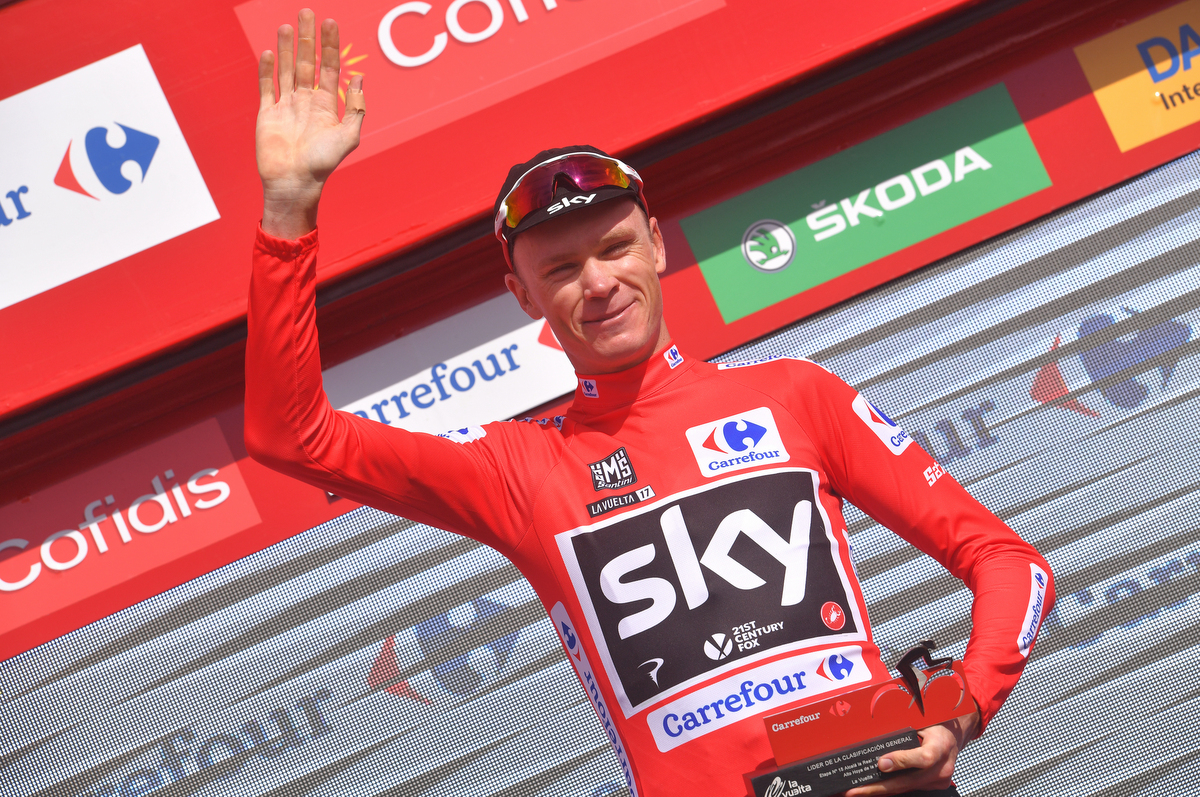
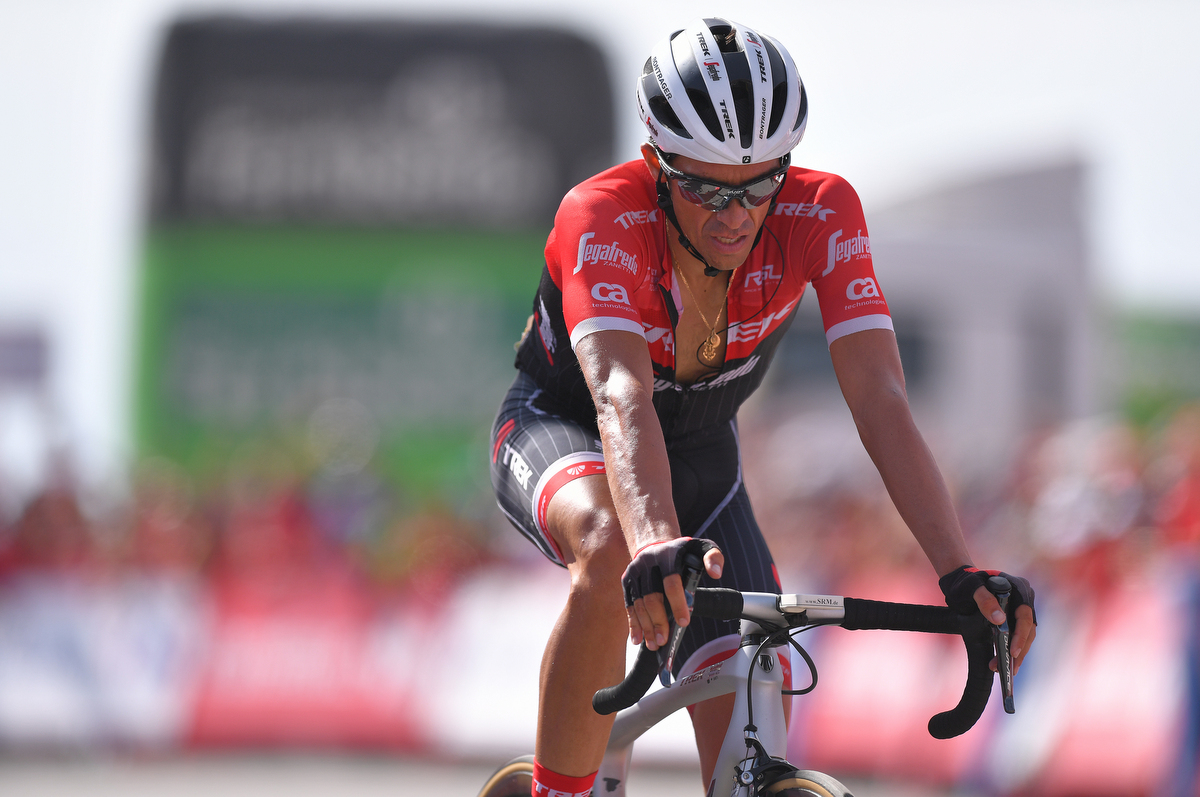
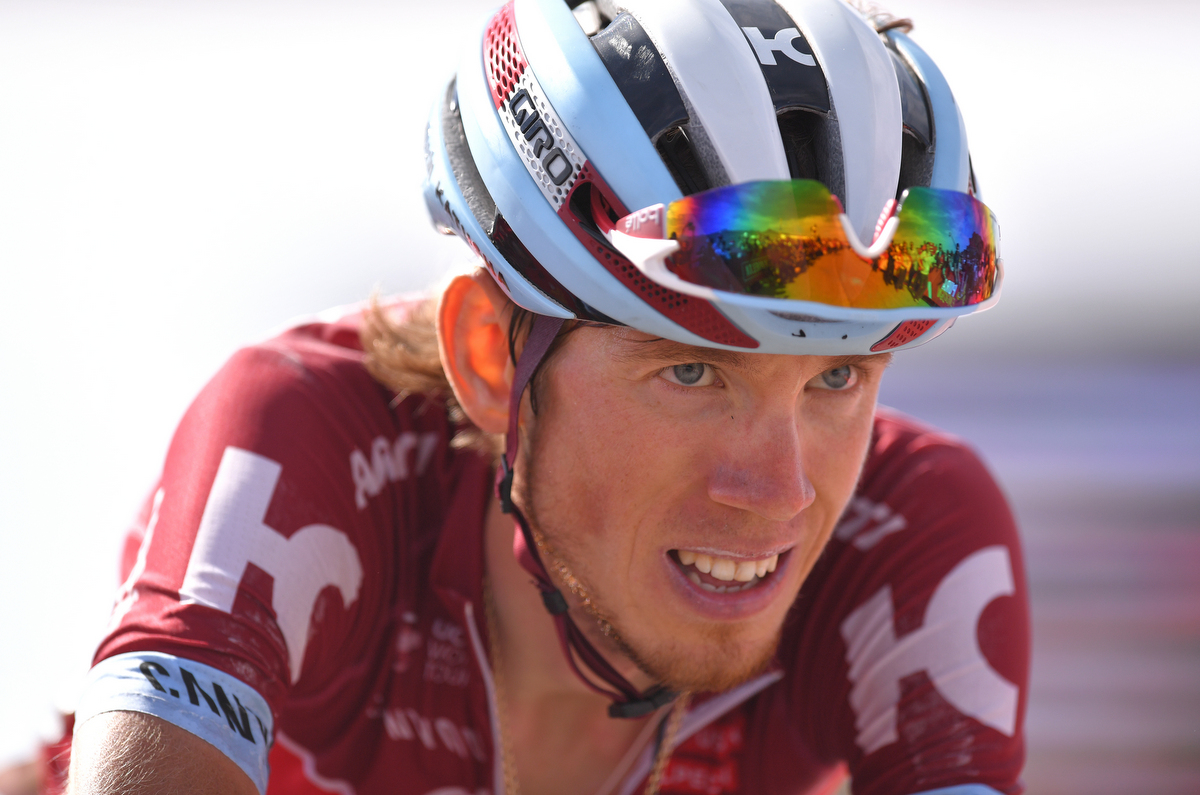
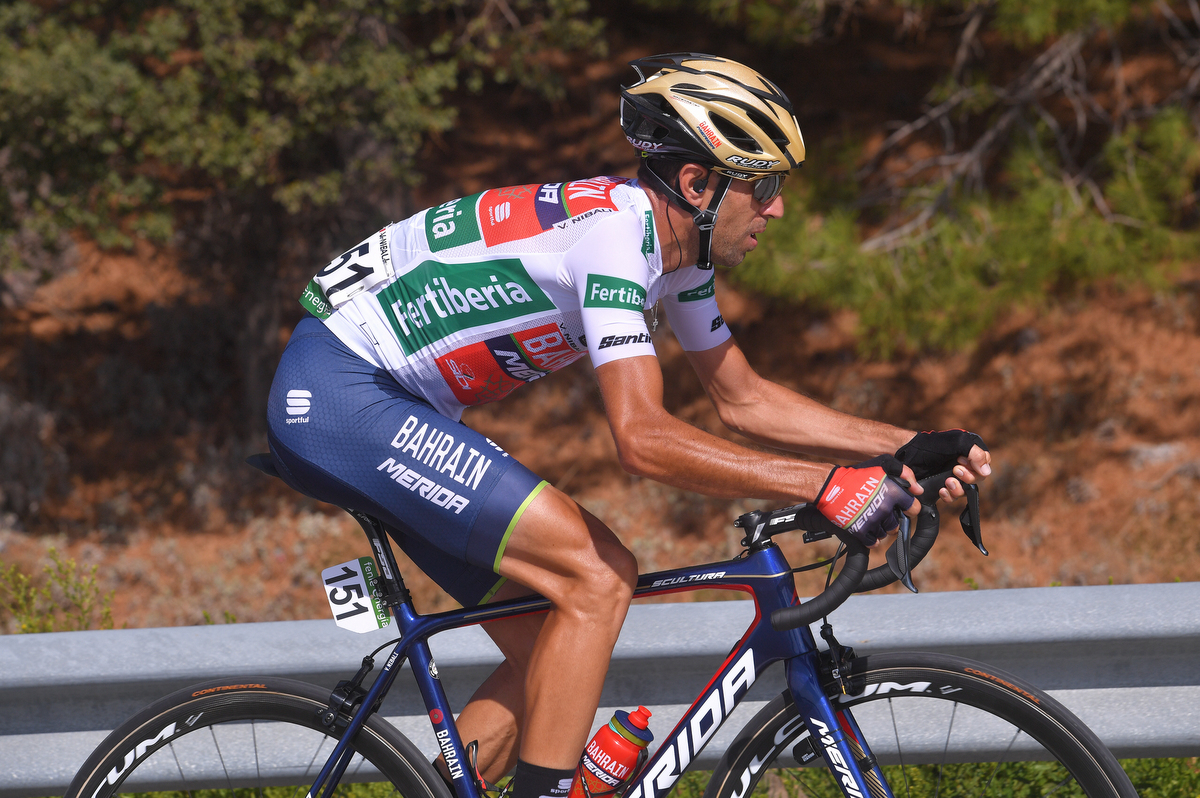
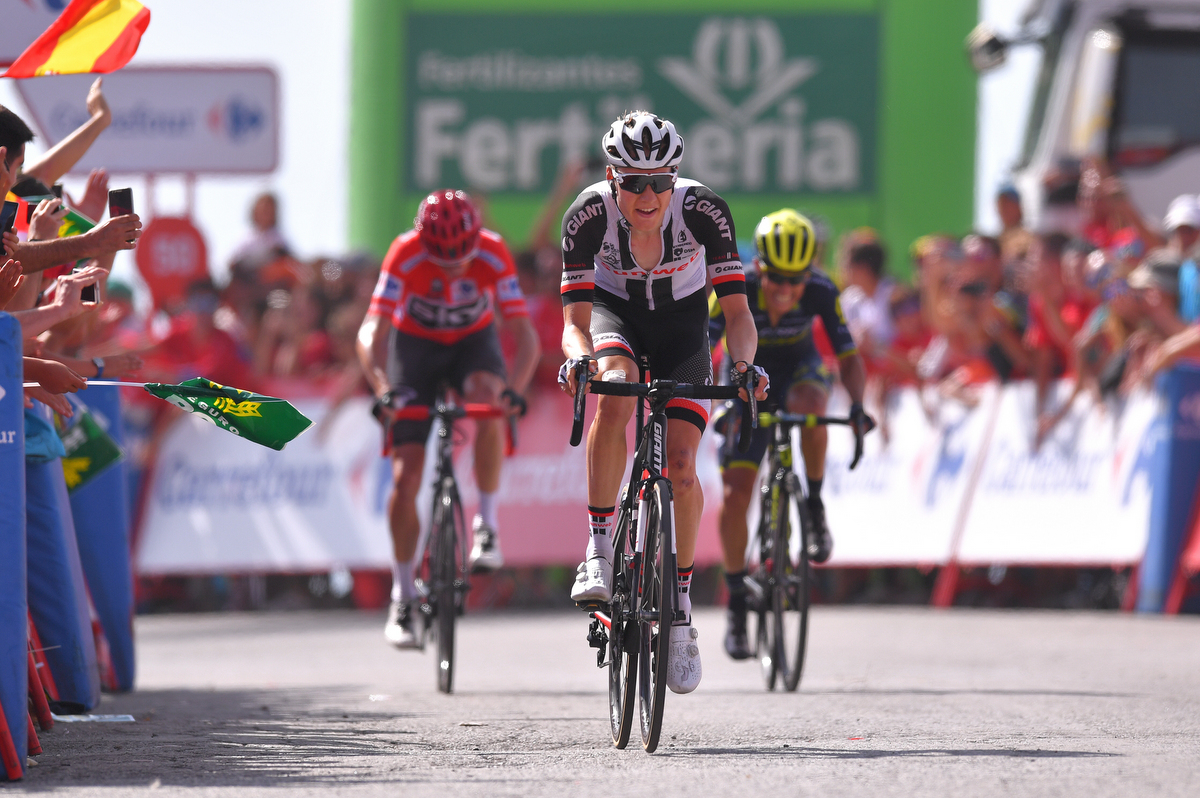
If Bert Dietz, Miguel Indurain or Abraham Olano were still racing they would be rubbing their hands in glee at today's time trial course in the Vuelta a España, which could see Chris Froome (Team Sky) take an almost unbreakable lead in the overall classification.
At 40 kilometres in length, the stage 16 time trial is something of a throwback to the 1990s and 2000s. There aren't any sections on motorways but the high percentage of flat or gently undulating, fairly well surfaced roads would have been perfect for Indurain and the power time trialists.
There's also the lack of climbing, particularly when compared to the weekend's mountain marathon stages. Compared to the 3300 metres of vertical climbing on Sunday, there's just 350 metres in the time trial and no classified climbs at all. The radical change of pace, combined with the notoriously unpredictable effects of a rest-day, could thrown a spanner in the works of some riders' ambitions.
The course starts on the flat Navarre motor racing circuit and is well suited to power time triallists, although some of the curves are somewhat technical to handle.
This isn't the first time a Vuelta time trial has ventured into four wheeled racing territory. The 2009 Vuelta had an opening prologue in northern Holland on a motor racing circuit at Assen. Predictably enough, the 2009 Vuelta opener was won by Fabian Cancellara and the Navarre motor racing circuit features occasionally as part of Navarre's top one-day race, the GP Miguel Indurain.
Having come out of the motor circuit the time trial course hits one of the few narrow segments of the stage, a one-car width road-cum-bike path which takes the route via a bridge and a sharp couple of turns into the first section of longer, straight roads.
This early section runs along a two-lane rural road, passing through open, exposed fields, meaning wind could be a big factor. Part of one of the numerous pilgrim trailways to Santiago de Compostela, it rises and falls very gently, passing through a couple of very sleepy-looking villages but there is nothing that will break the pace of any of the top specialists.
The latest race content, interviews, features, reviews and expert buying guides, direct to your inbox!
Rolling middle section
The middle segment - running from 25 kilometres to 18 kilometres to the finish - is the most complicated section. The course swoops down on long bends, through the rolling segment of the time trial, and then kicks back up on an equally steady climb of a couple of hundred metres. Although not excessively hard or with any really difficult corners, the road surface isn't great and it could come as something of a surprise for riders who've settled into the flatter, steadier grind of early on.
From thereon, we're back on the power rider terrain. A steady series of straightaways brings the stage past fields, towards the outskirts of Logroño and some fairly unappealing suburban sprawl of high rises and roundabouts.
With 13 kilometres to go the course passes under a banner that pays homage to the late motor racing great Angel Nieto. There are no surprise cobble sections or sudden plunges through narrow village roads, just a gentle, very fast and fairly straight descent back into the region of La Rioja and the finish of Logroño.
As Chris Froome or said on the rest day: "It's quite a technical race track but once we get out onto the road it's just a straight long road. 20 kilometres going up in steps and then pretty much 20 kilometres going down in steps. It's fast, it's very much a power time trial course. It's not super technical."
The last part of the course into the city centre is a little trickier, given it's on urban roads and there are quite a few roundabouts to handle. But overall this is a course that will suit the specialists, and so no doubt Froome, down to the ground.

